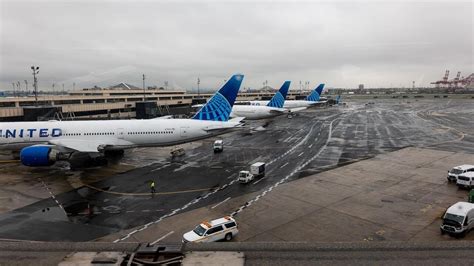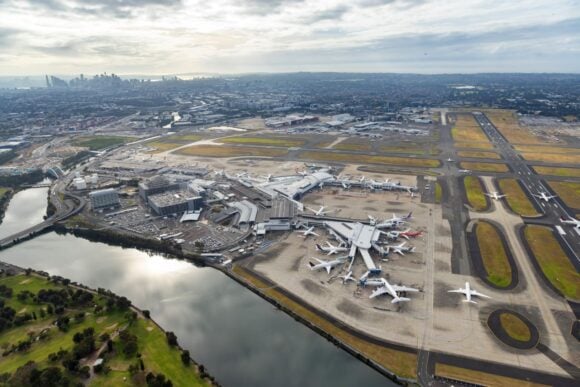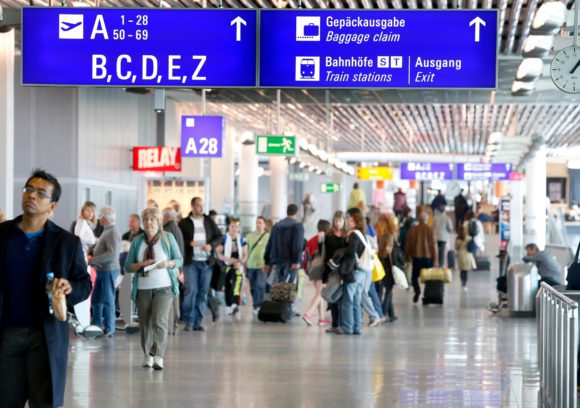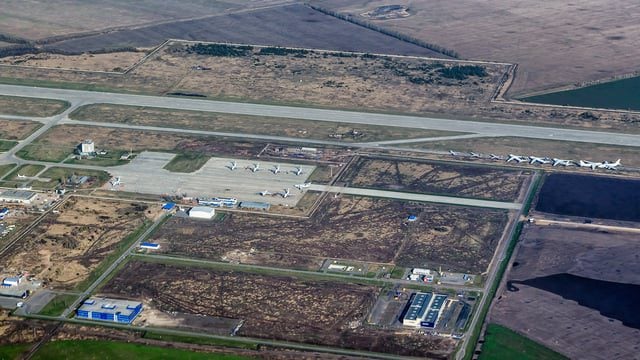
Ulyanovsk Vostochny Airport
Runway length is a critical component of airport design, influenced by operational and environmental requirements. Factors such as aircraft type, fuel load, and weather conditions play a central role, while elevation and temperature at the airport further impact the required distance for takeoffs and landings.
Long runways are especially vital for operations in challenging environments, such as high altitudes, extreme temperatures, or heavy takeoffs that require extra distance.
This article explores the Longest Runways in the world, highlighting airports that boast these impressive engineering feats and their role in global aviation.
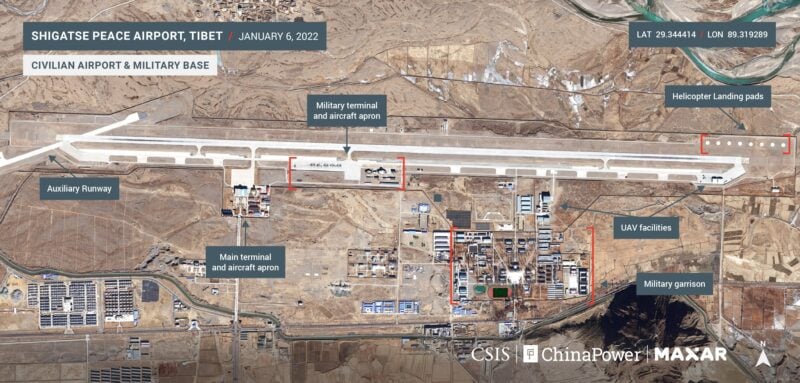
Top 10 Longest Runways
1. Ulyanovsk Vostochny Airport and Shigatse Peace Airport (5,000 m / 16,404 ft)
Ulyanovsk Vostochny Airport in Russia and Shigatse Peace Airport in China have the world’s longest runways at 5,000 meters. Ulyanovsk Vostochny is known for serving as a cargo and test flight center in Russia’s aviation industry. Its massive runway accommodates some of the largest aircraft, including the Antonov An-124 and Boeing 747 freighters.
Moreover, the longer runway is also essential for aircraft testing and manufacturing, given the airport’s proximity to aviation factories.
On the other hand, Shigatse Peace Airport in China has been serving as a vital gateway to Tibet, a region with rugged terrain and high altitudes. The extended runway is crucial to handle the reduced air density at an altitude of over 3,800 meters above sea level.
The longer runway ensures safe takeoffs and aircraft landings despite the region’s thin air and mountainous terrain.
2. Embraer Unidade Gavião Peixoto Airport (4,967 m / 16,296 ft)
This privately owned airport in Brazil features one of the world’s longest runways explicitly designed for Embraer’s aircraft testing and manufacturing. At 4,967 meters, it tests a wide range of aircraft, including commercial jets and military planes.
Its length and secluded location allow Embraer to conduct high-speed tests and prototype evaluations away from major air traffic routes. Beyond aircraft testing, the runway’s length provides ample space for emergencies or specialized training.

3. Upington Airport (4,900 m / 16,076 ft)
With a 4,900-meter runway, Upington Airport in South Africa remains essential for handling long-haul cargo flights and large freighters. Initially built in the 1970s, this runway was designed to accommodate heavier aircraft transporting goods and passengers across Africa.
The airport’s location in a desert area presents unique challenges. High temperatures reduce air density, requiring planes to travel longer distances to lift off. Additionally, the runway’s design makes it suitable as an emergency landing site for space shuttles.
4. Denver International Airport (4,877 m / 16,001 ft)
Denver International Airport in the United States boasts North America’s longest runway, measuring 4,877 meters. This runway plays a critical role in handling the high-altitude conditions of Denver, which sits 1,650 meters above sea level. At such elevations, planes require more runway length to compensate for the reduced air density.
The airport serves as a hub for intercontinental flights, and its extended runway is essential for accommodating large aircraft like the Airbus A380. It also supports the airport’s status as one of the busiest in the world, ensuring it can efficiently manage significant passenger and cargo operations.
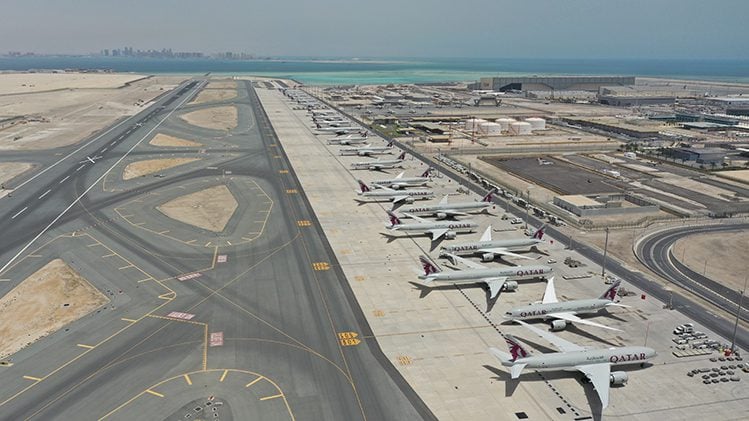
5. Hamad International Airport (4,850 m / 15,912 ft)
Hamad International Airport in Qatar is a modern marvel of aviation infrastructure, with its longest runway stretching 4,850 meters. The runway’s length ensures that fully loaded aircraft can take off in Doha’s high-temperature conditions, often requiring additional distance for safe operations.
6. Madrid-Torrejón Airport (4,818 m / 15,807 ft)
Madrid-Torrejón Airport in Spain has one of the longest runways in Europe, measuring 4,818 meters. While the airport is primarily used for military operations, its runway can accommodate large cargo aircraft and other specialized missions.
Its proximity to Spain’s capital makes it a strategic location for national defense and emergency operations.
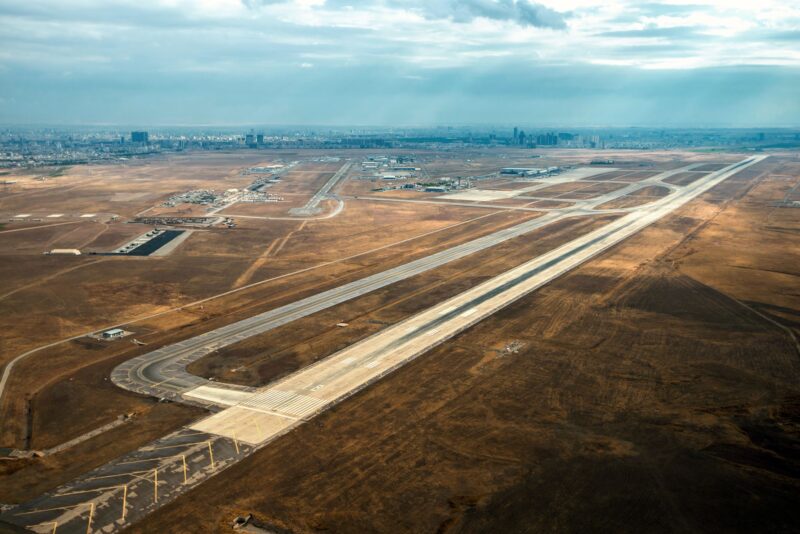
7. Erbil International Airport (4,800 m / 15,748 ft)
Located in the Kurdistan Region of Iraq, Erbil International Airport features a runway that extends 4,800 meters. This airport has become an important hub in the Middle East, connecting Iraq to destinations across Europe, Asia, and the Gulf.
The longer runway ensures safe operations in the region’s high-temperature conditions, allowing large aircraft to operate efficiently. It also supports the airport’s growing role as a gateway for business and tourism in northern Iraq, reflecting the area’s increasing economic importance.
8. Robert Gabriel Mugabe International Airport (4,725 m / 15,502 ft)
Situated in Harare, Zimbabwe, this airport’s 4,725-meter runway is among the longest in Africa. It is a key hub for flights connecting southern Africa to other parts of the continent and beyond.
The runway was designed to handle large aircraft and heavy cargo operations, critical for Zimbabwe’s trade and economic activities.
9. N’djili Airport (4,700 m / 15,420 ft)
N’djili Airport, serving Kinshasa, the capital of the Democratic Republic of the Congo, has a 4,700-meter runway. This runway supports passenger and cargo operations and connects the DRC to other regions.
The airport is a critical gateway for international trade, with the extended runway length allowing it to handle wide-body aircraft required for heavy cargo loads. It also supports humanitarian missions in the region, further underlining its importance.
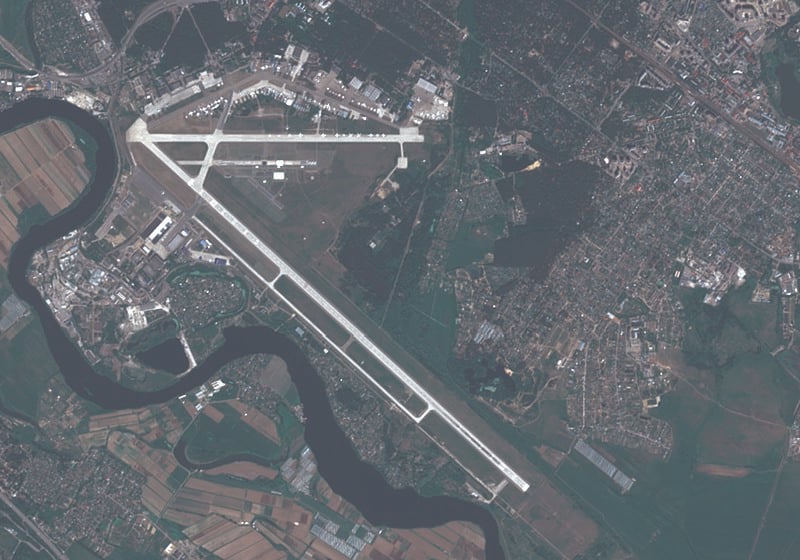
10. Zhukovsky International Airport and Hwange National Park Airport (4,600 m / 15,092 ft)
Zhukovsky International Airport in Russia and Hwange National Park Airport in Zimbabwe share the tenth spot with runways measuring 4,600 meters. Zhukovsky Airport, located near Moscow, is known for hosting aviation exhibitions and serving as a hub for flight testing and cargo operations. Its extended runway allows for testing large aircraft and handling heavy loads.
Hwange National Park Airport, located in one of Zimbabwe’s most famous wildlife areas, primarily serves tourism. Its long runway enables it to accommodate charter flights and large planes carrying tourists to the national park, showcasing its role in supporting Zimbabwe’s growing tourism industry.
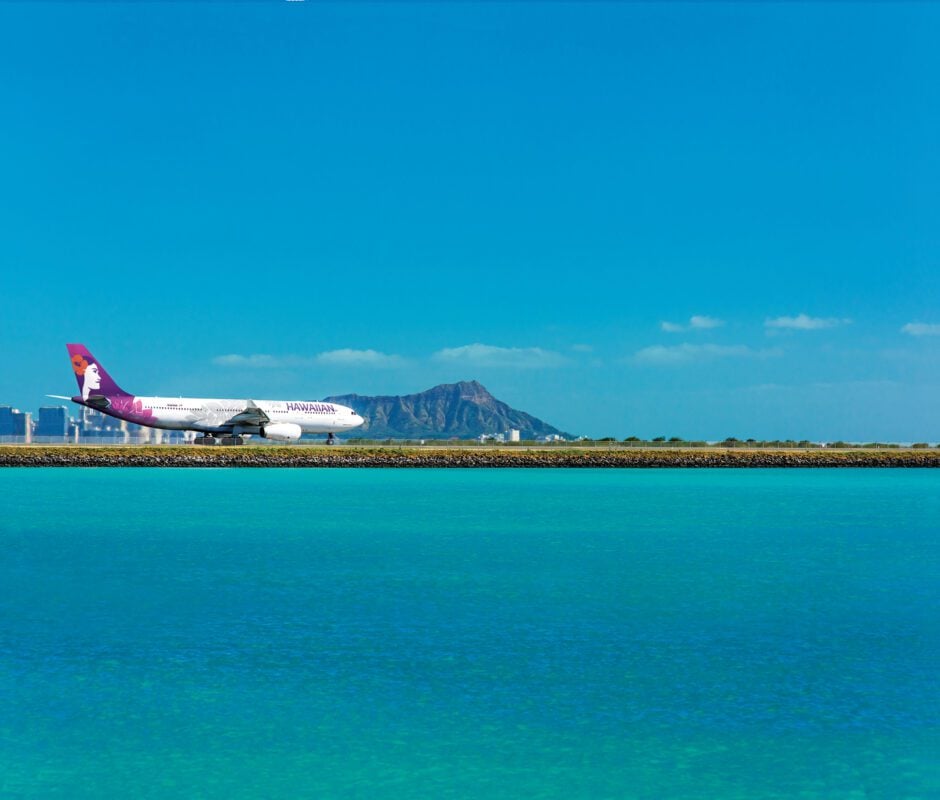
Importance of Long Runways
Long runways are essential for facilitating safe takeoffs and landings under challenging conditions. They also enable airports to accommodate larger aircraft, which is critical for long-haul passenger and cargo flights.
The longest runways in the World demonstrate the diverse requirements of modern aviation, from testing new aircraft to connecting remote regions and handling global air traffic.
Views: 23243

